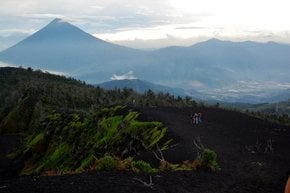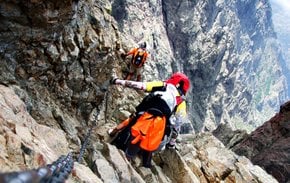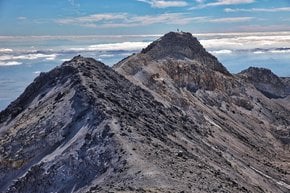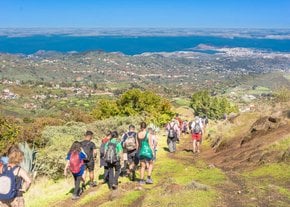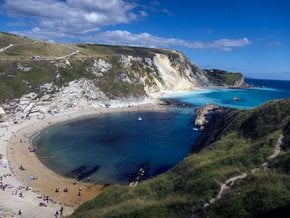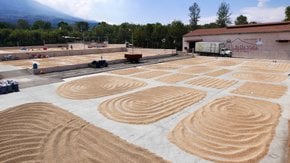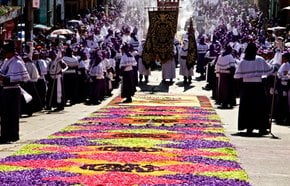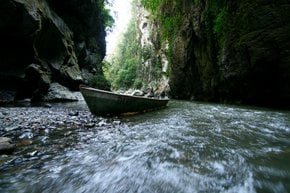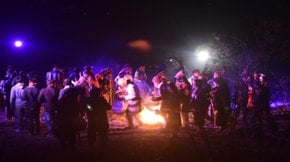Trekking and Volcano Climbing in Guatemala 2025-2026
The most impressive and challenging hiking trails wind up and down Guatemala's active volcanoes
Best time: November–April
The southeast part of Guatemala is spotted with numerous volcanoes, and many still remain active. The most unique and unforgettable hiking trails lead to the summits of Volcan Pacaya, where one can even roast marshmallows above the hot steaming cracks, and Volcan Santiaguito marked with high activity, where eruptions occur every 45 minutes. If you join the morning tour, you will arrive at the summit when it bathes in clouds, and those departing in the afternoon will reach the top for a breathtaking sunset. The most convenient time for a great hike is the dry season between November and April.
Practical info
External resources
Find hotels and airbnbs near Trekking and Volcano Climbing (Map)
Last updated:
Authors: Eleonora Provozin

















